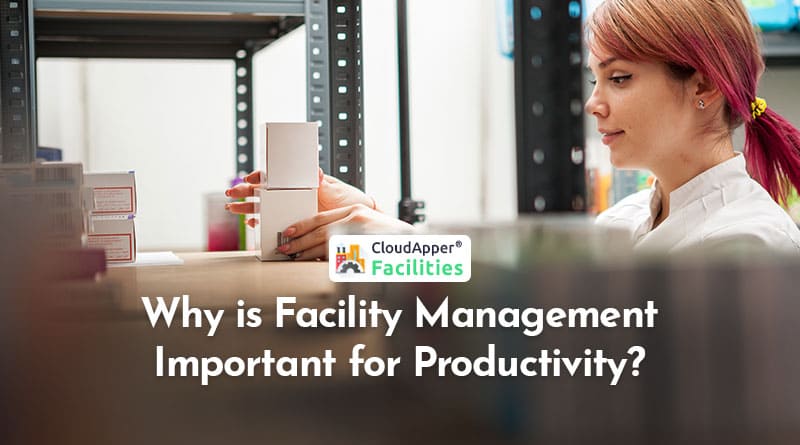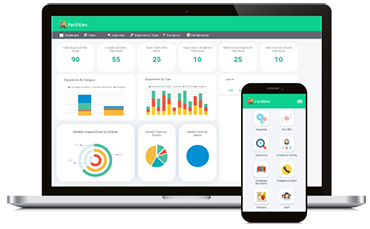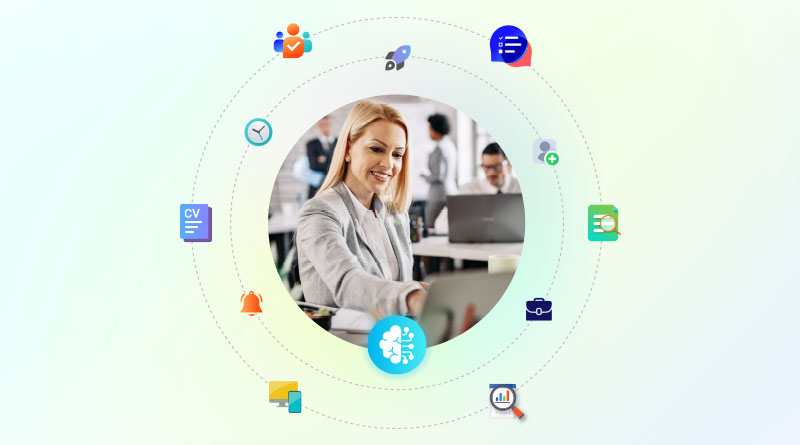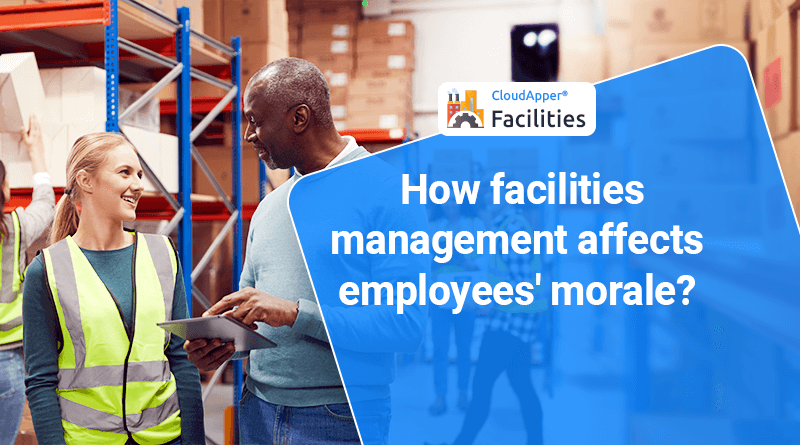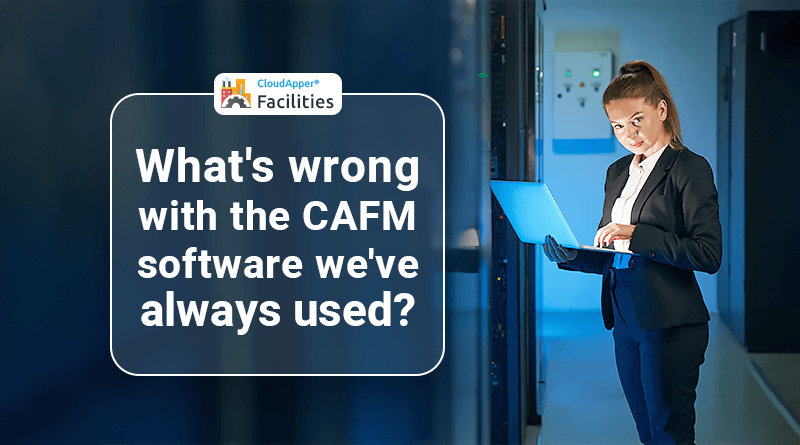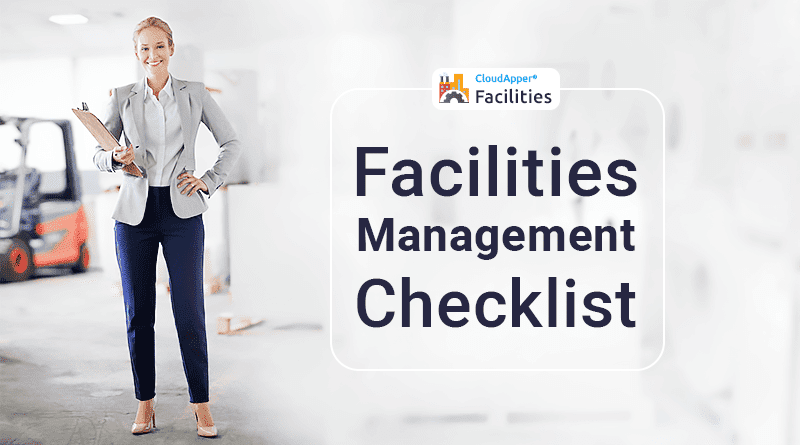Table of Contents
Facility Management (FM) is a multi-departmental business software productivity and evidence-based management discipline that focuses on efficiency efforts and long-term success in areas such as operational finances, human resources, maintenance, real estate, and information technology (IT). Facilities management and productivity growth encompass everything that has to do with a business’ facility or space, a facility manager, and physical assets, and it’s easy to see why.
When it comes to productivity, having all of these elements in order is a must-have recipe for success. A business cannot function properly if its facilities and physical assets are not in good working order. On the other hand, a well-managed FM program can be a vital factor in improving productivity for individual employees on a daily basis in the workplace.
A facility management professional should be in charge of these activities and ensure productivity improvements within the company by utilizing information from maintenance and daily operations reports to figure out the best solution for any issues that may occur that can ultimately negatively impact productivity within the workplace.
Basic Productivity Considerations in Facility Management
There are numerous facility-related issues, errors, and accidents that can halt productivity for any number of employees in an office, from broken computers to burst pipes. When there is no proper reporting system or chain of command to deal with facility-related issues, productivity struggles not only for the employees directly affected by the issues, but also for many of their colleagues, subordinates, counterparts, and managers.
Even minor issues, such as a broken desk chair that won’t be replaced for two weeks due to bureaucratic delays, can have a domino effect throughout the office. However, when businesses pay proper attention to FM, they make it easier to move past these inevitable breakdowns in functionality and get productivity back on track as soon as possible. An office space that works perfectly in a structural sense is better placed to function properly in terms of work outcomes.
While this is a significant benefit of incorporating FM techniques or even establishing an FM department, it is not the only way that good facility, space, and physical asset management can make efficient operations more common. Solving problems efficiently as they arise and providing employees with a means to report these issues is a great first step, but this is not the only way to make productivity a major focus of FM efforts.
Dimensions of Digitalization of Facilities Management
When it comes to the digitalization of facilities management, there are four different dimensions to consider. Technology has quickly become an essential element of business, and increased digitization may present new challenges for facility management.
End-to-end digital facility management solutions enable employees and customers to interact with the business on a digital level, and they are a safe and secure way to help in improving employee management. The digitalization of the facilities management aspects of the business can provide updates that can be accessed from wherever they are needed, at any time.
For instance, if an emergency maintenance issue comes up, the facility manager will receive this information quickly and be able to provide the business with updated resources to make sure that processes are maintained and functioning while also being able to go from facility to facility to address any other possible problems.
What is means by digitalization is an increase in productivity, and tracking and also assigning maintenance requests are easier to perform and allow for real-time tracking. It enables the maintenance management team the ability to prioritize maintenance issues based on their priority status, allowing the management team to accomplish what needs to be done immediately while tracking other issues as they arise.
The real-time data that digitalization enables can also help foster collaboration among team members across all departments, allowing work orders to be assigned and tackled efficiently and easily without disrupting other processes.
Workplace productivity and retention will also improve significantly because the facilities management, HR departments, and IT can all be integrated with the digital system to maximize the potential of each department.
Energy and sustainability can be interpreted into lower costs and increased savings, resulting in an immediate return on investment. Finally, FM compliance management can be effectively monitored, including the company’s preventative maintenance aspects as well as completion schedules, strategic management, and predicted costs of each job.
However, digitalization requires a small investment, but the potential is there, and the ROI can increase productivity and find cost reductions, bringing functionality to a new and improved level of strategic management.
Competencies of Facility Management
Facility management necessitates a number of core competencies. Operations and maintenance, quality, technology, communication, finance and business, human factors, leadership and strategy, and property management are some of these core competencies.
One of the most important aspects of any type of management position is communication. Effective communication can improve the company’s effectiveness and timeliness, as well as the understanding of the processes involved in facilities management.
Messages within a business must be clear, concise, and simple to understand. When sending out messages, make sure that the message is broken up into smaller sections and that the purpose of the message is clearly defined in other to achieve effective communication.
A successful facilities management system also includes operations and maintenance. In addition to standard procedures and maintenance, the facilities manager is accountable for effectively allocating space, ensuring compliance with government regulations, and developing a continuity plan so that the business can quickly recover after an incident or problem.
Facilities management ensures that the business remains in good working order, that productivity is increased, that employees are safe, and that the workplace remains a welcoming and friendly environment for both employees and clients.
Facility management software and other computer-aided project management solutions are frequently used to help keep track of goals and make everything run more smoothly and efficiently. Facility management software is a web-based solution that can help reduce facility maintenance costs, improve information flow across departments, and increase operational efficiencies.
Systems Integrations
Having to switch between multiple browser tabs or application client windows takes time out of everyone’s day. These seconds add up to minutes and hours overtime. Employee attention will be much less scattered as more and more useful systems are plugged into facility management programs, which is always best for productivity.
Even the most dedicated and efficient workers discover that splintering their focus can reduce the amount of actual work they get done in a day. Fewer programs mean fewer distractions and, in the long run, more beneficial work output.
Employee Profiles
Keeping track of individual employees in both a general and literal sense becomes increasingly difficult as an organization grows. Employee profiles in a Facility Management program enable anyone with program access to do both.
You will be able to onboard new employees faster, which HR will appreciate, and you’ll be able to identify what workstation an employee is currently occupying or where they are in the office once the initial onboarding into the system is complete.
This can be useful not only when one team member is attempting to track down another in a large workplace, but it can also give you a better idea of where an employee does his or her best work.
For example, if you notice that a team member seems to have her best ideas when she’s in your office’s lounge area, you might want to see if working from home a few days a week allows her to achieve peak productivity. This type of optimization is only possible with the on-demand reporting and observational tools that a CAFM program has to offer.
Fostering Productivity with Tech
Tech developments are frequently heralded as the best new productivity solution, but as we all know, a program must actually work as intended to truly make a difference in how simple it is to complete a given task. A good CAFM solution takes a multifaceted approach to the very concept of productivity.
Technology should be used to increase workplace productivity rather than distract people in order to improve productivity. The technology should provide users with ease and flexibility, as well as the ability to adapt to the changing needs of the business. The technology applies to the overall infrastructure of the business, right down to the applications and phone systems that are used.
The best technology is one that does not require a lot of time to set up and learn. It should also not take much extra time to maintain. While it may be effective, a facilities management professional should evaluate the available technology to see if it is increasing productivity and providing employees with a more comfortable and suitable working environment.
Daily Operations and Soft FM
Facility management, according to the IFMA, is the practice of coordinating the physical workplace with the people who work there and the organization’s overall work. Administration, architecture, and behavioral and engineering sciences are all being integrated with business principles.
Another aspect of FM that is critical to the success of the business is soft facilities management. Soft facility management services are those services or electives that are more geared toward the people who work for the company. Security, mail management, window cleaning, general cleaning services, waste management, and even catering are examples of soft services. These services provide employees with a comfortable and secure environment, which can lead to increased productivity.
Facility management professionals can carry out a Facilities Needs Assessment to determine which of the aforementioned services are required and which are unnecessary. To finish the assessment, the facilities manager will consider whether the needs are sufficient or efficient, as well as whether the facility requires maintenance or if duplicate services can be eliminated. Security and sustainability are also goals and necessitate organization and service delivery by the facilities manager in order to make the workplace safer, more efficient, and compliant.
Air conditioning, building maintenance, heating, lighting, plumbing, and fire safety systems, are examples of hard FM services that are a physical part of the facility and cannot be removed. These services are typically required by law to be available in the workplace.
The Workplace Regulations 1992 for health, safety, and welfare are regulations that the facilities manager must always consider and ensure are properly maintained and in working order.
The facility management professional performs and supervises these daily operations and maintenance services, and they may also be in charge of the responsibility of the maintenance staff, payroll, and the budget available for these services.
Overall, facility management is vital for workplace productivity because it is a simple and efficient way to manage and track all of the critical information about how the business is run and maintained.
Without these services and the guidance of a facilities manager, the business may face increased downtime due to maintenance issues, lower employee morale, and decreased productivity, resulting in revenue loss and additional maintenance costs due to operations and systems that were not managed and examined.
Facility management software aids the company in the reduction of space and maintenance costs while also increasing the efficient use of other assets and increasing productivity. Computer-aided facility management is a useful tool for facility managers to plan, execute, and monitor all activities.
Space and move management, asset management, planned preventative maintenance of the services, standard services, and even long-term planning needs for these services and the budgets required to align with the business’s needs are all examples of these activities.
Computer-aided facilities management can also help to reduce the number of reported inaccuracies and provide the most up-to-date information that is available. All of these factors can lead to lower costs, increased efficiency, and better customer service in the workplace.
It’s time to learn how to choose the right facility management software system that will benefit you, your employees, and your business after you’ve gone over the various facility management software benefits listed here.
What is CloudApper AI Platform?
CloudApper AI is an advanced platform that enables organizations to integrate AI into their existing enterprise systems effortlessly, without the need for technical expertise, costly development, or upgrading the underlying infrastructure. By transforming legacy systems into AI-capable solutions, CloudApper allows companies to harness the power of Generative AI quickly and efficiently. This approach has been successfully implemented with leading systems like UKG, Workday, Oracle, Paradox, Amazon AWS Bedrock and can be applied across various industries, helping businesses enhance productivity, automate processes, and gain deeper insights without the usual complexities. With CloudApper AI, you can start experiencing the transformative benefits of AI today. Learn More
